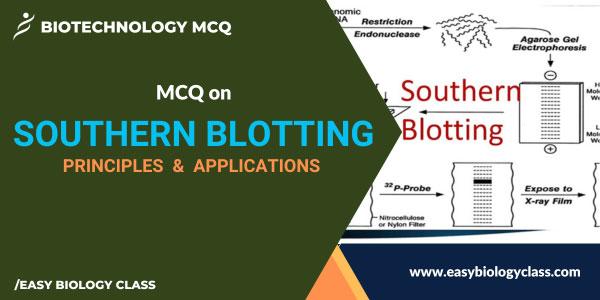Enzyme-Linked Immunosorbent Assay (ELISA) is a biochemical test used to detect and quantify specific proteins, antibodies, or antigens in biological samples. It involves using antibodies and enzymes to create a color change that indicates the presence and concentration of the target molecule, making it valuable in various research and diagnostic […]
Continue ReadingTag Archives: Biotechnology
MCQ on CRISPR Cas-9: Principles and Applications
The CRISPR-Cas (Clustered Regularly Interspaced Short Palindromic Repeats and CRISPR-associated proteins) system is a revolutionary genome editing tool in molecular biology. It enables precise modification of DNA sequences in living organisms, allowing for gene insertion, deletion, or replacement. Cas proteins, guided by RNA molecules, target specific DNA sequences for modification, […]
Continue ReadingMCQ on Cre-Lox Recombination: Principles and Applications
Cre-lox recombination is a genetic engineering technique used to manipulate DNA in living organisms. It involves the enzyme Cre recombinase, which recognizes specific DNA sequences (loxP sites) to excise, insert, or invert genetic segments. It is valuable for conditional gene knockout and controlled gene expression in research and biotechnology. This […]
Continue ReadingMCQ on Taq Polymerase
Taq DNA polymerase is a heat-resistant enzyme derived from the bacterium Thermus aquaticus. It is widely used in the polymerase chain reaction (PCR) due to its ability to withstand high temperatures, making it suitable for DNA amplification by withstanding the denaturation step at high temperatures during PCR. This is an […]
Continue ReadingMCQ on Southern Blotting Principles and Applications
Southern blotting is a molecular biology technique used to detect specific DNA sequences in a sample. It involves digesting DNA, electrophoresis, transferring the DNA to a membrane, and then using a labeled probe to hybridize and identify the target DNA sequence. This technique is named after its inventor, Edwin Southern. […]
Continue Reading




